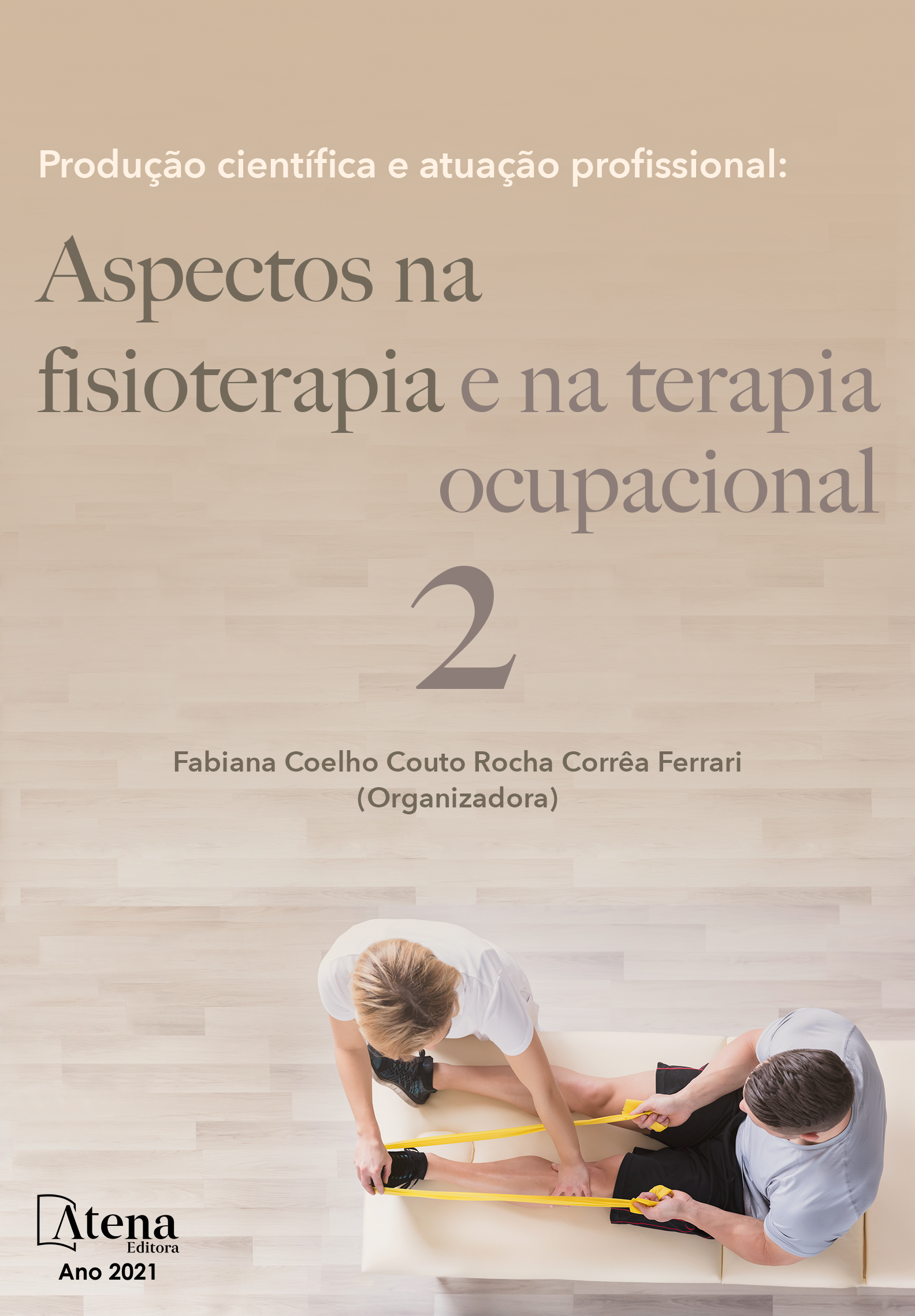
USO DE ÓRTESES PARA MEMBRO SUPERIOR NA ARTRITE REUMATÓIDE: UMA REVISÃO DE LITERATURA.
INTRODUÇÃO: A Artrite Reumatóide é um distúrbio crônico, sistêmico e inflamatório de causa desconhecida que se configura por um padrão de envolvimento articular simétrico. Sua região de principal agressão é a sinóvia das articulações. OBJETIVO: Realizar uma revisão bibliográfica sobre o uso de órteses para membros superiores em indivíduos sequelados portadores de artrite reumatóide. MÉTODOS: O levantamento bibliográfico foi realizado nas bases eletrônicas LILACS, SciELO, BIREME e no site Google Acadêmico, seguindo como estratégia de busca a língua portuguesa, com investigação restrita ao período de 2000 até 2016. As palavras-chave utilizadas foram Artrite Reumatóide, Dispositivos Assistivos, Órtese, Membro Superior, Fisioterapia. RESULTADOS: Dentre os estudos selecionados, os autores destacaram os efeitos do uso da órteses, adequações e indicações, benefícios, alguns pontos negativos e a eficácia quanto ao tratamento terapêutico. CONCLUSÃO: As órteses apresentam vários efeitos, de acordo com a patologia e necessidade do uso. Cada órtese apresenta indicações para os respectivos tratamentos e no caso da Artrite Reumatóide, o paciente poderá contar com variados tipos de órteses, de acordo com a sequela adquirida. Os benefícios visam proporcionar uma melhora na execução das atividades de vida diárias do indivíduo.
USO DE ÓRTESES PARA MEMBRO SUPERIOR NA ARTRITE REUMATÓIDE: UMA REVISÃO DE LITERATURA.
-
DOI: 10.22533/at.ed.98422060110
-
Palavras-chave: Artrite Reumatóide, Dispositivos Assistivos, Órtese, Membro Superior, Fisioterapia.
-
Keywords: Rheumatoid Arthritis, Assistive Devices, Orthotics, Upper Limb, Physiotherapy.
-
Abstract:
INTRODUCTION: Rheumatoid arthritis is a chronic, systemic and inflammatory disorder of unknown cause that is configured by a symmetrical pattern of joint involvement. His main area of attack is the synovium of joints. OBJECTIVE: To conduct a literature review on the use of orthotics for upper limbs in patients with sequelae patients with rheumatoid arthritis. METHODS: A literature survey was carried out in electronic databases LILACS, SciELO, BIREME and Google Scholar site, following as search strategy Portuguese, with research restricted to the period from 2000 to 2016. The keywords used were Rheumatoid Arthritis, Devices assistive, Bracing, Upper Limb, Physiotherapy. RESULTS: Among the selected studies, the authors highlighted the effects of the use of orthotics, adjustments and indications, benefits, some negative points and the effectiveness of the therapeutic treatment. CONCLUSION: The orthoses have different effects, according to the pathology and necessity of use. Each orthosis provides indications for their treatment and in the case of rheumatoid arthritis, the patient can rely on various types of orthotics, according to the acquired sequel. The benefits are designed to provide an improvement in the performance of daily life activities of the individual.
-
Número de páginas: 12
- Crislane Sousa Silva
- Emylle Cirino Santos
- Stephanes Amorim Martins Fonseca


